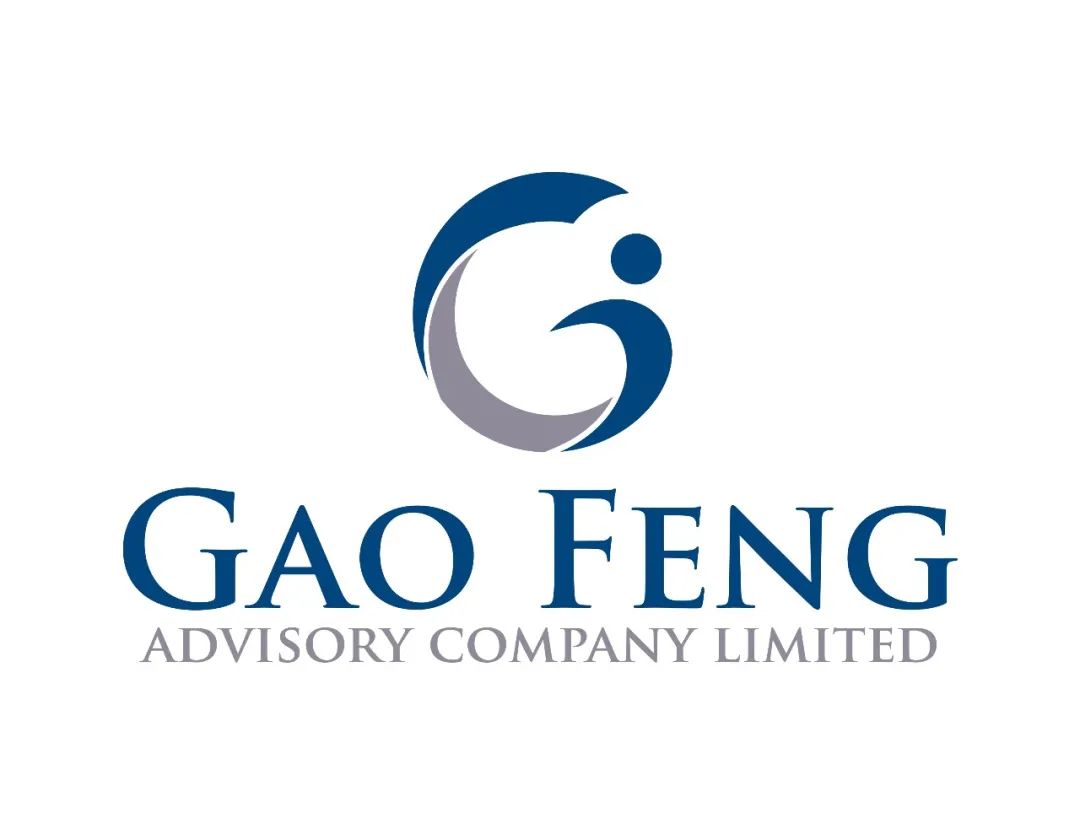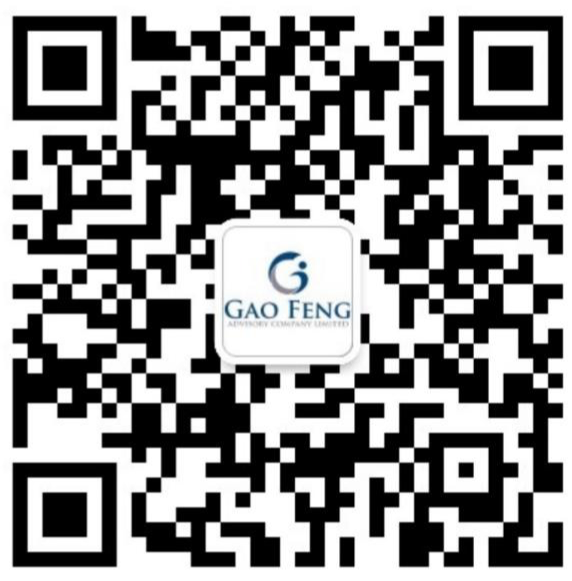China Daily | Decoupling vs Recoupling
Decoupling vs Recoupling: US-China Ties to Become More Intricate and Interconnected

By Edward Tse
2021-10-14
A recent article authored by Gao Feng Advisory CEO Dr. Edward Tse was published by China Daily on October 14.
US Trade Representative Katherine Tai, in a speech on Oct 4, said that instead of the decoupling of the United States and China, perhaps people can start thinking about “recoupling”, indicating that the notion of decoupling is either over or is losing relevance.
Is she right? Did decoupling ever happen? If so, to what extent and will it continue to happen in the future? What are the implications for businesses?
The Trump administration imposed or threatened to impose a range of measures that some viewed as precursory to the two countries decoupling in economic, trade and technology terms. These measures included putting a number of Chinese tech companies, such as Huawei, SenseTime and Hikvision, on an “entity list” and imposing restraints on them in doing business with the US.
Besides, there was the threat of “cleaning the network” – barring Chinese participation in the US communications network, threatening US operations of some Chinese firms such as TikTok, WeChat and Xiaomi.
At the height of the COVID-19 outbreak in China in the beginning of 2020, many expected a large number of foreign companies, particularly US companies, to leave China in droves. These people called this expected phenomenon “de-sinicization”.
Let us examine what has happened since then.
According to a recent Financial Times report, inflow of funds to China has reached a new record. Cumulative foreign direct investment has risen from $587 billion in 2010 to $1.9 trillion in 2020. Although global FDI flows fell 35 percent to $1 trillion last year, FDI inflows into China still rose from $141 billion to $149 billion.
Similarly, US-China bilateral trade reached $630 billion in 2020, a 16.4 percent increase over 2019. In the first six months of 2021, it grew 45.7 percent year-on-year to $341 billion.
In a survey by Shanghai American Chamber of Commerce released in September, 72 percent of 125 respondents with manufacturing operations in China said they had no plans to move any production out of China in the next three years.
Separately, Professors Samantha Vertherms of the University of California, Irvine and Jiakun Jack Zhang of the University of Kansas have found that the US-China trade war has not prompted American businesses to leave the Chinese market.
The record FDI flow into China in 2020 indicates that businesses in both countries remain “deeply integrated” with each other. The authors wrote, “Decoupling… has been greater in the minds of politicians and pundits than the reality of true businesses in China, we find little evidence that US (multinationals) are playing their part in the great power rivalry by patriotically abandoning China.”
Before the Trump administration took specific measures against China, most thought humanity was entering an era of ubiquitous connectivity aided by the internet, artificial intelligence and advancing network technology. Countries, multilateral institutions, businesses and individuals were assuming the continuation of that scenario into the future.
The measures of the Trump administration and the subsequent outbreak of the pandemic changed that picture significantly, leading to greater clarity about differences in agendas of the two strongest powers in the world.
Against this backdrop, various sectors have been reacting to these driving forces in very different ways.
While the US has restrained Huawei from participating in the building of the 5G communications network in its domestic market, US tech firms can still work with Huawei in international 5G standards development activities.
In the semiconductor industry, while earlier it was structured on the basis of global division of labor, it is now being subjected to new realities of geopolitics and individual country policies.
Both China and the US are trying to strengthen their own semiconductor value chains, with key players such as Taiwan’s TSMC and Korea’s Samsung setting up new manufacturing plants outside of their home countries. Key parts and components producers are now looking at new strategies because of the quickly shifting global landscape.
International automakers now need to consider the “One World, Two Systems” (One China-centric and one US-centric) as the speed, intensity and sophistication of smart infrastructure being built by China and the US continue to diverge.
This has direct implications for design and business models of intelligent and connected vehicles that are increasingly being equipped with autonomous driving capabilities.
However, in industries such as agriculture and food, globalization will likely expand. China's growing middle class means increasing demand and higher requirements of nutritious food. This demand would have to be met partially with sourcing from abroad.
While the last three decades of globalization have greatly reshaped the world, its fundamental nature is changing in major ways.
In the first era of globalization (let’s call it “Globalization 1.0”), the West was the major center of demand and China was the major source of supply for a large range of products.
While this continues in globalization’s next phase (“Globalization 2.0’), China’s rapidly growing middle class and the drive for upgrading business capabilities is making it a center of demand also, in addition to supply.
Hence a “dual circulation” of both domestic and international supply and demand is emerging, consistent with the new economic policy. Regional trade agreements such as Regional Comprehensive Economic Partnership (RCEP) would expand the “internal circulation”.
While these would probably be the key themes going forward, a certain amount of “regionalization” or “localization” of supply chains could also take place, besides perhaps a certain degree of “re-shoring” of manufacturing to the US.
So, will any decoupling between the US and China be happening?
As long as US sanctions on some of the Chinese tech companies remain, some degree of decoupling would continue to happen.
Data security is increasingly viewed as a national security issue. As such, the US and China will expect businesses operating in their respective jurisdictions to comply with their internal regulations, leading to some degree of decoupling.
Also, the increasing divergence between the intensity and sophistication of digital infrastructures of the two countries would mean some companies shall have to follow different strategies.
However, the world is being driven into a new era of globalization in which both the US and China will play critical roles, collaborating in some cases and competing in some.
As humanity searches for greater interconnectivity, decoupling would not be fully aligned with that trend. In fact, in many aspects there was never really any decoupling and so there is no need for “recoupling.”
In some specific cases, decoupling or partial decoupling did happen and as Tai said, perhaps it is now time for recoupling.
In the increasingly interconnected world, a simplistic notion of decoupling does not make much sense and it will not happen. Going forward, the US-China relationship would become much more intricate and sophisticated and win-win cooperation will be optimal.
About the Author
Dr. Edward Tse is founder and CEO, Gao Feng Advisory Company, a founding Governor of Hong Kong Institution for International Finance, Adjunct Professor of School of Business Administration at Chinese University of Hong Kong , Professor of Managerial Practice at Cheung Kong Graduate School of Business and Member of Advisory Board, Institute for China Business and HKU SPACE Executive Academy. One of the pioneers in China’s management consulting industry, he built and ran the Greater China operations of two leading international management consulting firms (BCG and Booz) for a period of 20 years. He has consulted to hundreds of companies, investors, start-ups, and public-sector organizations (both headquartered in and outside of China) on all critical aspects of business in China and China for the world. He also consulted to a number of Chinese local governments on strategies, state-owned enterprise reform and Chinese companies going overseas, as well as to the World Bank and the Asian Development Bank. He is the author of several hundred articles and five books including both award-winning The China Strategy (2010) and China’s Disruptors (2015), as well as 《竞争新边界》 (The New Frontier of Competition), which was co-authored with Yu Huang (2020). He holds a SM and s SB in Civil Engineering from the Massachusetts Institute of Technology, as well as a PhD and an MBA from University of California, Berkeley.


Gao Feng Advisory
Gao Feng Advisory Company is a professional strategy and management consulting firm with roots in China coupled with global vision, capabilities, and a broad resources network
Wechat Official Account:Gaofengadv
Shanghai Office
Tel: +86 021-63339611
Fax: +86 021-63267808
Hong Kong Office
Tel: +852 39598856
Fax: +852 25883499
Beijing Office
Tel: +86 010-84418422
Fax: +86 010-84418423
E-Mail: info@gaofengadv.com
Website: www.gaofengadv.com
Weibo: 高风咨询公司
